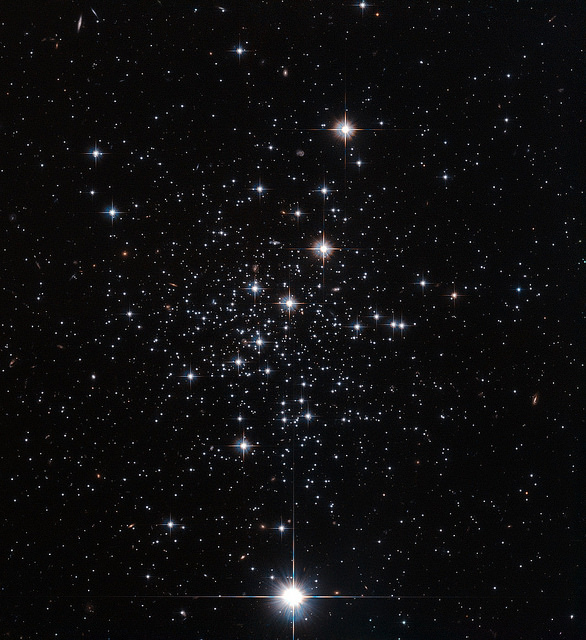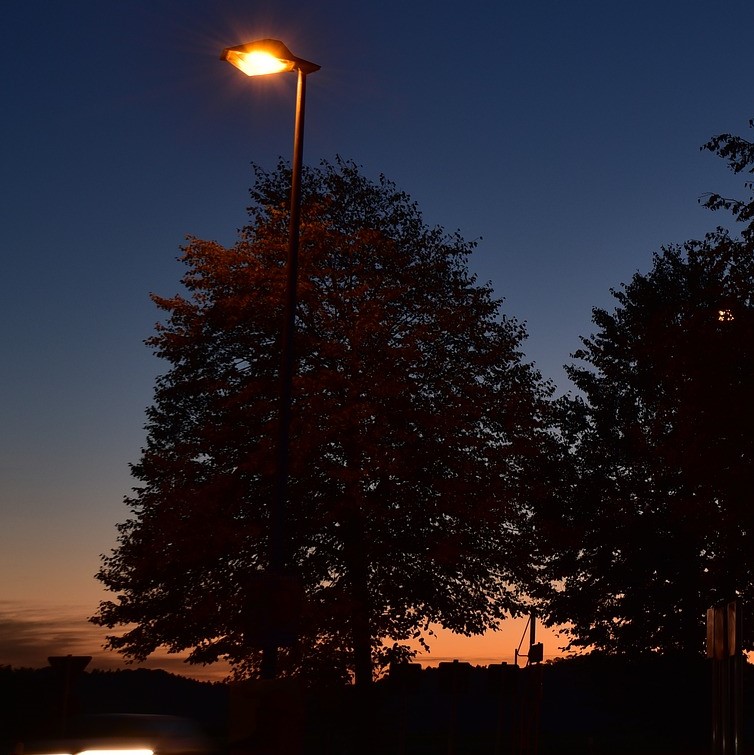By Sheldon Lawrence
December 14, 2015
Seek stillness. Close your eyes, relax in the lotus position, and breathe deeply. But hold on tight. Search every corner of the cosmos and you find only a universe in motion. Everywhere bodies and matter interrupt one another. Everywhere stars and planets and forests and cell tissues are born. Everywhere they die.
The Earth you sit upon rotates on its axis at 1000 miles per hour, and the planet will, by the time you go to sleep tonight, fly over 30 thousand miles along its orbital path. The sun, planets in tow, plows through space in its journey around the Milky Way at 52,000 miles per hour as the Milky Way itself careens toward the Andromeda galaxy at 68 miles per second. In about 4 billion years their glittering spiral arms will embrace one another in tangled webs of gravity.
Still your mind. You will think about not thinking, and your brain will light up like a starry night as thoughts sparkle and pulse through neural networks at the speed of light.
All you can do is make friends with the flux. Observe the churning cosmos and feel the blood coursing through your veins. Watch your breath, rising and falling, insisting on the continuation of life. Accept the hum of the freezer in the next room. Embrace the sound of footsteps and the skinny pajama-legs of a little girl who climbs into your lap and says, “Dad, are you meditating?”
Sheldon Lawrence teaches writing at Brigham Young University-Idaho and recently earned a PhD in English at Idaho State University. He has written for the journal Western American Literature and has won first and second place prizes in essay contests at BYU Studies Quarterly. He lives in Idaho with his wife and four children.
Photo “Panta rhei as Seen by Hubble” provided by Nasa Goddard Space Flight via Flickr, Creative Commons license.





















































































































































































































































































































0 Comments